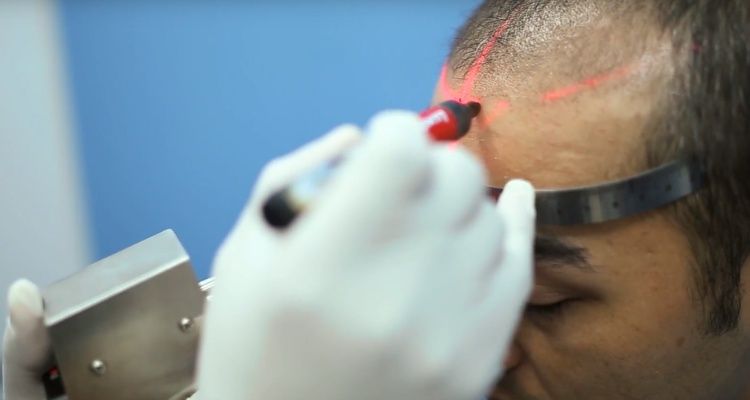Do you know that hair problems can cause emotional disorders and have a social impact on a person? These emotional issues and feelings of inadequacy can lead a person to be lack of self-confident.
Much research and information gathering have been done on the psychological impact of hair problems that consistently indicate that over 70 percent of men and women recognize hair as having a major role in the overall assessment of one’s image. About 60 percent feel that hair affects one’s self-esteem. Hair loss is something that is hard to deal with especially for individuals who are dealing with the problem.
Direct Hair Implantation (DHI) is a permanent hair transplant that has undergone significant transformations and has provided the best results after years of practice by medical experts. In the early stages, the hair transplant technique is called strip harvesting where the surgeon will take a small portion of the patient’s hair. This method causing scars and surgical results do not appear to be genuine and safe.
Recently, there is a new treatment called DHI as mentioned. This treatment eventually offers promising results. DHI treatment is done by implanting individual hairs to bald areas so that hair can grow naturally.
Each of these hairs was removed using a surgical instrument and transplanted at the same depth and direction as the surface. This technique does not leave scars and the transplanted hair will grow naturally. The procedure is also painless (with the help of anaesthesia) and heals quickly.
Hair will grow significantly within two months and full growth takes place within the next eight to nine months. This will also allow the control of hair regrowth. As a result, hair grows naturally and the hair thickness is also better.
With good care, the regenerated hair will continue to grow like the original hair. However, the first 10 days after this procedure, there may be hair loss due to the shock phase after transplantation but the amount of hair loss is very minimal. Generally, new hair will grow longer, thicker and stronger over the next six to nine months.
There are two types of hair transplantation: Follicular Unit Extraction(FUE) and Follicular Unit Transplantation (FUT). The main difference between the two is that the elongation of the strip involves the removal and stitching of the skin while FUE involves the removal of individual hair follicles. As a more general option for hair transplantation, FUE is a small surgical approach where patients have healthy hair follicles and are implanted into areas that require hair. These hair follicles are taken from the roots during the procedure and then carefully planted into bald spots. FUE treatment is a long and delicate procedure. Before starting the FUE treatment, the doctor will determine the density and pattern of the hair grown to achieve natural hair flow and results after satisfactory surgery. As mentioned hair transplantation result is usually permanent.
Actually, hair transplantation is not a long or major operation that carries many risks. The effects that arise after hair transplant are normally temporary, for example, minimal swelling on the face without the pain usually begins on the 2nd or 3rd day after transplant and lasts for 5-7 days. (more commonly in frontal transplantation of the head), sometimes with mild bruising around the eyes that will disappear in a few days, numbness and mild pain




